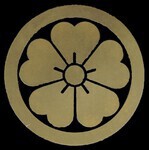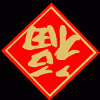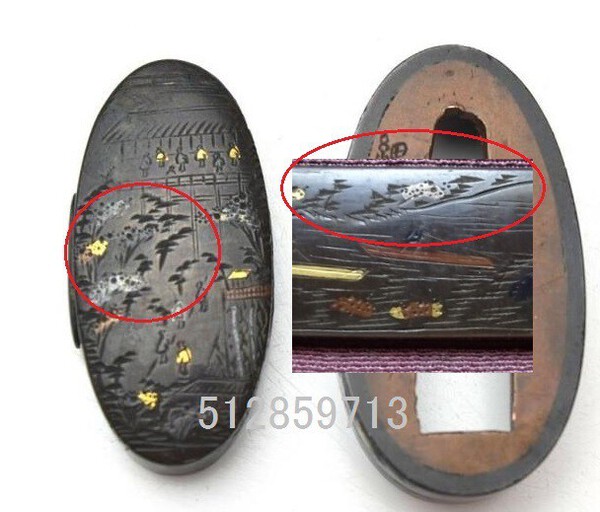Leaderboard
Popular Content
Showing content with the highest reputation on 02/28/2021 in all areas
-
Hi everyone, Apologies for not putting up a note sooner, with other projects I haven't been here as much as I would like. Yes, my site, Yakiba.com, is under new construction. As Brian mentioned I have scaled back a little, thought of shutting it down, but I still have a few friends who periodically ask me to help them sell some of their things. So, I guess I will be around a bit longer. Unsure of a new release date as I am not a tech guru and doing it in my spare time. FaceBook is just one of the networking platforms one must accept these days. I moderate on a few of the groups and recently took over the "Japanese Tsuba Collectors" group. At any rate, thanks for asking. Ed6 points
-
3 points
-
3 points
-
3 points
-
I messaged fred lohman a few weeks ago and got a reply after my second time trying. He was quick to apologize on the delay and is in operation.2 points
-
2 points
-
It’s a modified Roman numeral system using “/“ as “5”. so you have 15 1 2 somtimes they match stamped numbers in other fittings or painted numbers on the nakago, but not always.2 points
-
1 point
-
1 point
-
george trotter See posts #615 to #629 below. Any thoughts on this other one? Do you know if the other side had a scabbard release button? Arsenal Stamps.1 point
-
1 point
-
Thank you Steve, and for your comment, Tom. It is a really nice piece, in condition as if made yesterday.1 point
-
Like any real Japanese sword, it is possible to find flaws. I don't have any on mine, but you will find them for sure. The star stamp was no guarantee of perfection and quality varies. Plus, they were still weapons, and a visual flaw would not have seen it rejected for use.1 point
-
1 point
-
1 point
-
No wonder. Think of how long they had to hold that position whilst the artist completed his work.1 point
-
Are these blades still available? I am in the market right now and looking at a number of blades. Andrew Ickeringill is an extremely talented Togishi. Sone of the work I have seen that he has done for Barry Thomas is exceptional. Just his polish adds to the value of a blade, regardless of period or school. I don't know if this site has rules regarding personal contact details but if this passes through, I can be contacted at simon@simon-binks.com. I am also in Melbourne. I think I buggered up a prior attempt to respond to this listing. Look forward to a reply, Simon Binks1 point
-
I see these listed every week, it is sort of funny when you check what other items some of these dealers are selling , you get a large number of the same type of fake - https://www.jauce.com/user/dj2hmyuc You would think the dealers would try and conceal the truth a bit better. Why would anyone pay 60,000 yen for a brand new factory made reproduction? https://www.jauce.com/auction/w448836534 As Yas has shown it is far from unique. While ever there are people out there that will pay large sums of money, others will gladly go to the trouble to 'supply'.1 point
-
1 point
-
Are you saying the Hosono Sozaemon Masamori's are fake/repro's? If so, that is very sad, as they are the types I would grab if I saw them on sale. This whole field is starting to look like WW2 German militaria, and requires a huge step backwards and some re-evaluation of how to collect.1 point
-
Hi Jesse, I researched the same thing a few years ago and finally came up with a product called 'Renapur' Leather Balsam. I also wanted to give my knots and combat sayas the best and while products like Dubbin are very good, I focused more on a product meant for conservation rather than one used for operational reasons. My recollection is that this product was used by more than one large museum for leather conservation. I hestitate to recommend any product to be used in someone else's collection but I will say that I am very happy with it and will certainly buy it again when I need to. By the way you dont use it on the suede side...its only meant for the smooth/treated side but it will soak in. Apply with cotton buds (knots), or the sponge supplied jn the jar (sayas). Good luck. Rob1 point
-
Hello Niels, and Alexander I am new to this forum and was interested in your thesis and interest in munechika. I believe the only reliable source about Myochin ki Munechika ( it is the same reading as Munekane, but apparently when he was register as a resident in Edo, he insisted on being registered as Munechika) is his diary ( In Japanese). Munechika was probably the last "official" armor maker of the bakufu, hence this official gift given to the Dutch king. Unfortunately, on the 2 armors that was given, the maidates are missing. The armors left Japan with the Maedate, and there is big chance they reach Holland but for some reasons were lost ( stolen?, storage? war?). That would be an interesting search if there is some document of this period left . Munechika was a well know armor maker, and made armors for both bakufu officials, and individuals ( who could afford his work). His adoptive father and Munechika as well, had some students, and their work are very, (incredibly) similar. In Mr. Ishida book, you have a genealogy of this branch, and students. When Munechika was called by the bakufu to work in Edo, he became extremely famous, and very wealthy. Munechika -'s armor was like having a Hermes bag. It was about status and prestige. He had a workshop, and over the years, I was lucky enough to find 3 sets of his armors with the exact scale size, even the fabric used for 2 of them were identic. 2 of the armors are signed, and the other one ( leather) is not signed, but easy to tell, they were made using the same scales, and from the same workshop. Even the maidate come from the same clan. I do not know why this leather armor is not signed.( Made by one of his student? No sign on leather armors? ) Mr. Ishida who was a specialist of Myochin ( unfortunately passed away a couple years ago), asked Munechika descendant about any left documents from Munechika. They had a lot, but everything was destroyed during the Bombing of Tokyo during WW2. What is left ( for now may be) is his diary, and studying his armors. Signature and date are usually found under the right arm. Some other Sangu parts can have a signature but not mandatory. If it is a full set, you should have the signs in the helmet ( with the date), the mask, and the cuirass ( right arm sign and dates) For "tatami" armors, sign and date in the helmet, sign in the mask, and sign and date on the cuirass, but hidden under the back plate. Of course as an armor maker, he also made some renewal work on damaged armors, made new armors using old helmet for example, etc. I saw an interesting helmet few years ago, but probably not his work. Only the shikoro was signed. Munechika probably only made the shikoro to match the helmet. Sometimes it was a collaborative work, where he did only one part of the armor. Hope it helps. Good luck in your thesis. Would be very interested to read it when completed. Kind regards1 point
-
1 point
-
You can use something natural to condition and preserve the leather. Try this: https://www.accessiblepreservatives.com/ If you're in the US, easy. Cost me a small fortune to get it posted internationally though. Do not leave the leather in any kind of sealed plastic though. That'll rot it or make it mouldy. Apply some preserver carefully and let it be. To attach a knot, straight from the IJA (and provided by Nick).1 point
-
1 point
-
1 point
-
Perhaps instead of a full polish get a window done. You will be able to see the hamon and hada. It is usually not very expensive to get a window done. The polisher can also do the kissaki to show the boshi.1 point
-
1 point
-
I would inquire as to what museums or antique restoration businesses use. Unfortunately if it is fragile and brittle putting it on a sword may cause significant damage.1 point
-
Nice sue-koto Mino tanto. Not Muramasa's style. The signature is relatively well done, probably not that long ago.1 point
-
No, you can’t fix a hagire. Yes, it can still be polished (though you may want to explain the situation to the togishi). And since you’re not planning to fight with the sword () and the value is sentimental, I say do what will make you happy!1 point
-
1 point
-
Dan O God love if you think thats old. I feel that way when i find stuff from the 60s 70s1 point
-
1 point
-
The swastika symbol is more than 3,000 years old. Earliest archaeological evidence of swastika-shaped ornaments dates back to the Indus Valley Civilization. The term "Swastika" was originally the name for a hooked cross in Sanskrit, and swastikas have been found on artifacts, such as coins and pottery, from the ancient city of Troy. Not only are swastikas associated with ancient Troy, the symbols are found in many other cultures, such as Chinese, Japanese, Indian and southern European. By the Middle Ages, the swastika was a well-known symbol and had many different names, depending on the country. Throughout its history, the swastika represented life, sun, power, strength and good luck. In the early 20th century, it was still considered a positive symbol. During World War I, it was found on shoulder patches of members of the American 45th Division and the Finnish air force. In some cultures, such as in China and Japan, the symbol is sometimes turned counterclockwise. In Japan both the left-facing 卍 (左卍 hidari manji) form or its mirrored right-facing 卐 (右卍 migi manji) form are widely used in Kamon. The most prominent among those who adopted the hidari manji are the Matsudaira, Takagi and Hirosaki. The swastika gained popularity among German anti-Semitic groups through the writings of Guido von List and Lanz von Liebenfels in the mid-19th century because it was associated with the Aryan race and Germanic history. At the end of the 19th century, German nationalists used the symbol on periodicals and for the official emblem of the German Gymnasts’ League. By the 20th century, it was a common symbol used in Germany to represent German nationalism and pride. The swastika officially became the emblem for the Nazi Party on August, 7, 1920, at the Salzburg Congress. When Hitler called for suggestions for a banner, all of the submissions included a swastika. The one Hitler finally chose had been designed by Dr. Friedrich Krohn, a dentist from Sternberg. Hitler traveled widely in Germany and Austria, but never went to other countries, especially not Japan. Edited to add two examples:1 point
-
These silver mon are quite common on military swords from Meiji right through to Showa period...maybe still. They are found on back-straps of Kyu-gunto, on kabuto and menuki and fuchi of Shingunto. Yours seems a little wider in circumference than normal...maybe it was originally on a Kyu-gunto as these are often bigger. Yours is listed in the mon books as OGI (fan) and a list of families who used it in feudal times are given. Yours is primarily SATAKE...BUT, as has been discussed here before, we can't really say any of our swords were owned by officers with the names listed for the mon as after 1909-1913 anyone could use any mon they wanted (except the Imperial mons). They are nice to find on a sword, but can't be considered highly significant. You wondered how they are attached...well, from plenty I have seen that have been pulled off at time of surrender, they are just held on by a integral pin on the back (like a thumbtack)...this goes through a hole and is peened flat from inside. The mon sits low on the kabuto because the leaf it sits on is filed flat where the mon sits and the edges are then rounded down...I have two swords with missing mon. Hope this helps.1 point
-
OK, there will be enough space to fill the 4 inch diameter tsuba. Like a squirrel that stores acorns, I may forget where I buried it.0 points
-
Brian. I was told by my senior at kinko collection that hosono like the image should not touch, so I have kept that teaching. Therefore, I cannot show the rationale in published books etc. However, it is also true that my belief has been shaken by seeing a specialty store that is said to be credible in Japan recently selling works with a similar touch that comes with NBTHK paper. 嵐山図小柄 銘 細野惣左衛門政守花押 http://ginza.choshuya.co.jp/sale/new_tousougu/d/d081/index.htm Hosono's signature is difficult to judge because there are some patterns in "Sosho-tai (cursive style)" as discussed on the MNB bulletin board in the past. I dared not touch it. However, I've heard that items signed in the horizontal position with kozuka & kogai need to be careful. Dale. A metal plate in the shape of kotosho-tsuba is buried in the Arizona desert and rusted plausibly. I've heard of an urban legend that sold in Japan and made a lot of money. It may be possible in the Great Victoria Desert. Don't worry about Sarasa-mon's tsuba. A charity trying to help a souvenir shop that is about to collapse due to COVID. Perhaps...0 points
-
0 points
This leaderboard is set to Johannesburg/GMT+02:00








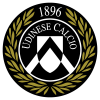





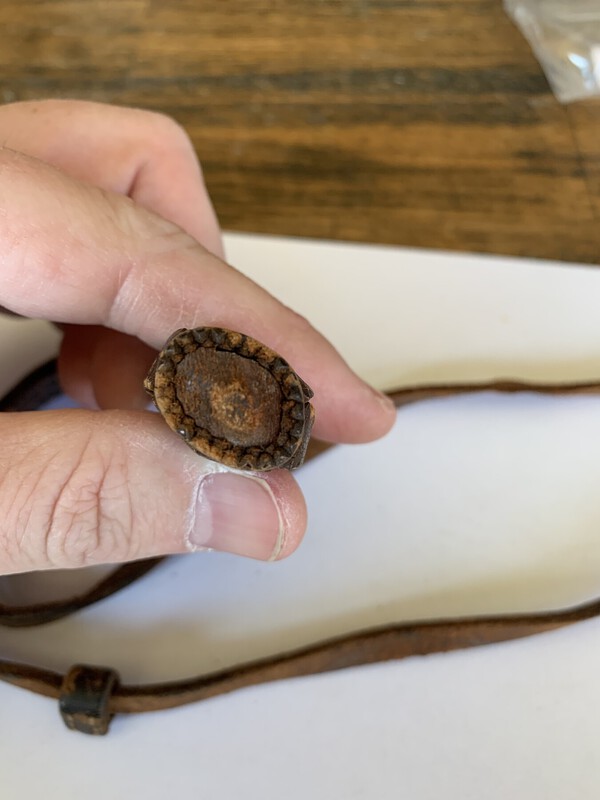



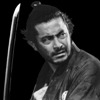



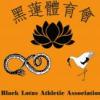




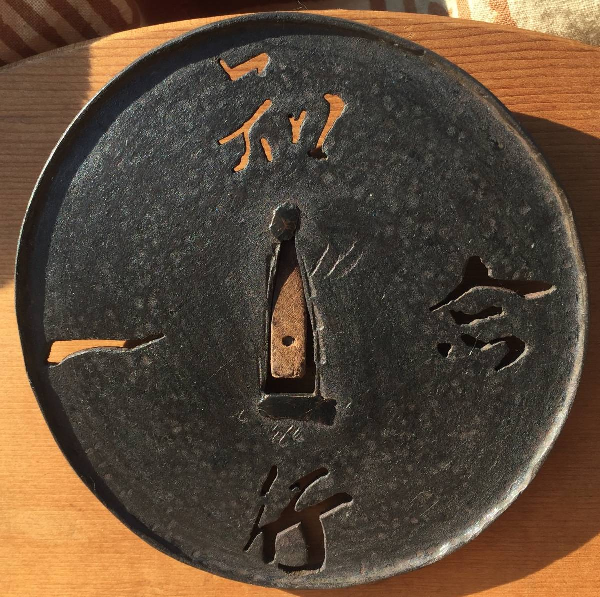
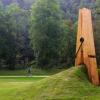

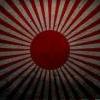
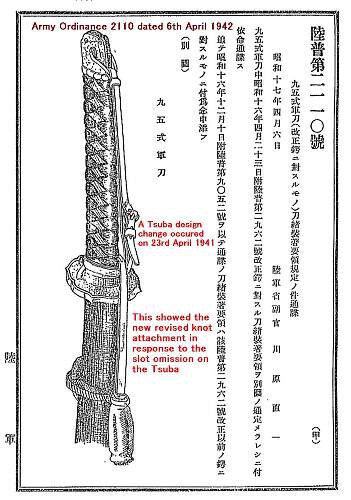





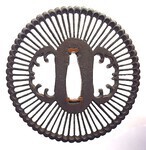
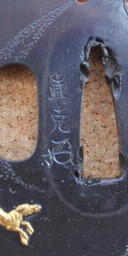
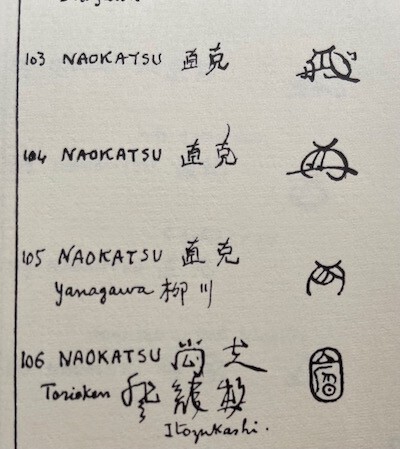

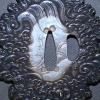
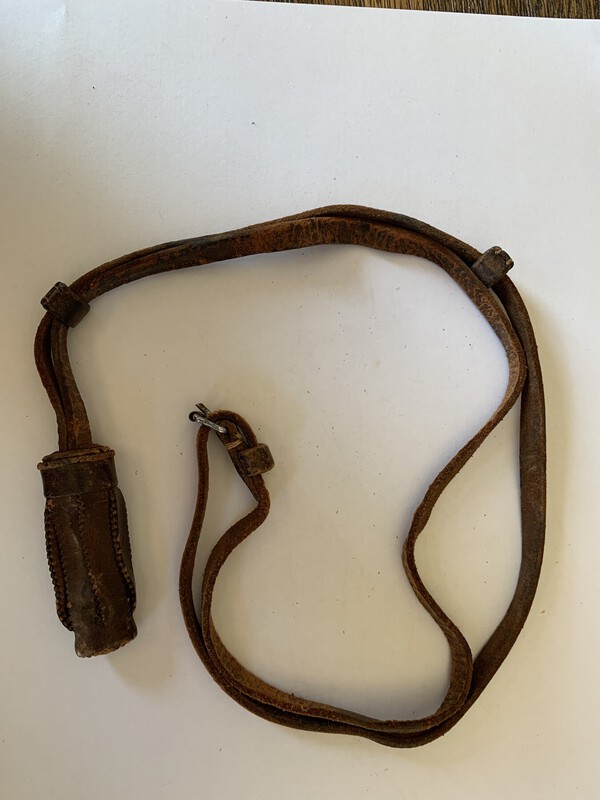


.thumb.jpg.43197e2d4c3461b5d940f3b6d95f61aa.jpg)
.thumb.jpg.ae70d9a2a5cafae06ed6a0a86e9b6624.jpg)
.thumb.jpg.eaeb3c7644e9996db3d1ad109b63a3fa.jpg)
